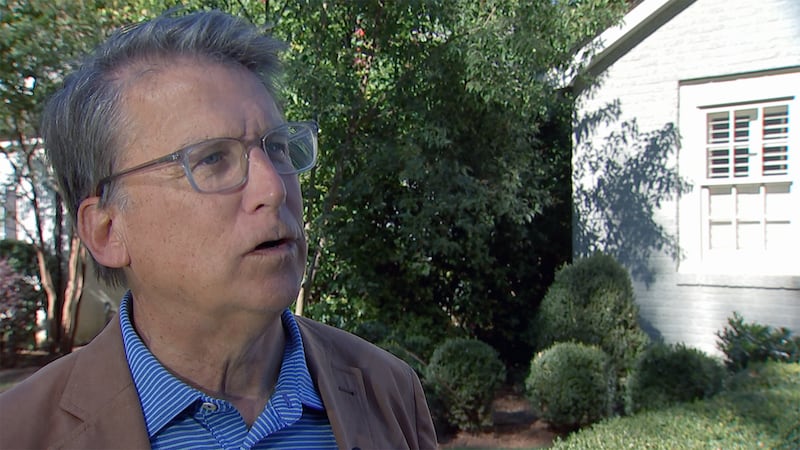WASHINGTON — From checking equipment to cybersecurity improvements, state election officials assured Congress earlier this fall that they’ve been working for months to secure voting ahead of Election Day.
“The rigorous testing that we conduct allows us to eliminate problems before ballots are cast,” said Cord Byrd, (R) Florida Secretary of State.
“We ask the good guys to try to hack us and tell us where there are holes in our fence so we can patch those,” said Frank LaRose, (R) Ohio Secretary of State.
And election leaders say they’re ready for November 5.
“Maybe I’m a little biased, but I have never seen a more prepared elections community than ever before,” said Carolina Lopez, executive director of PLEJ.
Lopez leads the Partnership for Large Election Jurisdictions also known as PLEJ. The organization connects election officials from across the country to help them exchange ideas and best practices. Lopez said she’s seen more collaboration between election administrators since 2020.
“What happens if you know the election night’s results page goes down for five seconds? What do you do? What if there’s power grid failure,” said Lopez. “Like these individuals have a playbook, a really robust playbook, to make sure the show must go on, and it will.”
In addition to those preparations, the U.S. Election Assistance Commission expects more than 98 percent of voters to cast a paper ballot this year.
But earlier this month, comes as federal intelligence agencies warned that Russia and Iran may try to encourage violent protests after Election Day.
Some internet security experts also warn cyberthreats are constantly evolving.
“It’s both foreign and domestic actors that are responsible for these attacks,” said Marci Andino, insecurity security expert.
Andino is vice president at the Election Infrastructure Information Sharing and Analysis Center (EIISAC). Her team helps election officials stay a step ahead of cyber-hackers and prevent the spread of malicious activity.
“We can identify trends, and in doing so, we send out alerts. We also provide them with tools so that they can become more proficient in protecting against cyber threats,” she said.
Andino said some of the biggest threats are ransomware attacks, phishing attempts, and new AI technologies.
“Both deep fakes in the form of robocalls and videos being used in the election space,” said Andino.
She said another concern are perceived data leaks.
“This is when someone will take voter registration information or poll worker information and they post it on the dark web, and they’re alleging that this is from a new breach or a new data leak, and this impacts the public’s confidence in the election,” said Andino. “In some states, voter registration information is available publicly. So, it may not have been from a leak at all, but it still impacts the confidence that voters have in the election system.”
Unlike other events, you can’t move or change Election Day and that’s why election administrators say they’re prepared for whatever comes their way.
“We are going to get through this. We are going to make sure that there’s voting opportunities for our voters, and we’re going to do this as quickly as possible to make sure they have the best voting experience,” said Lopez.
The federal government has also been helping officials prepare. The nation’s top cybersecurity agency has conducted more than 1,000 physical security assessments and over 700 cyber assessments since the start of 2023.
VIDEO: Former Gov. Pat McCrory joins growing effort to restore faith in election system
©2024 Cox Media Group









